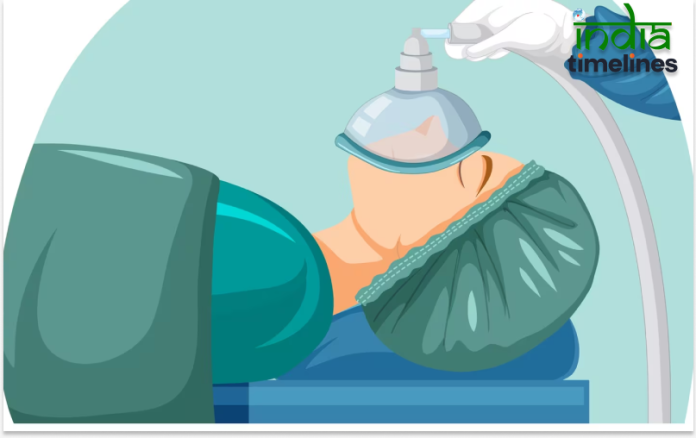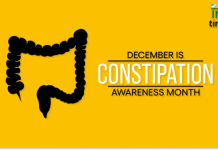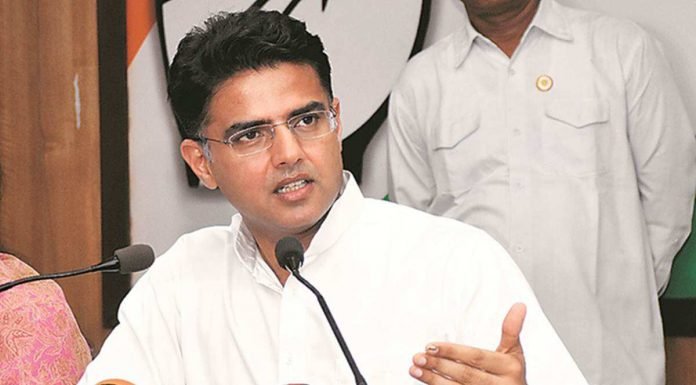
World Anaesthesia Day, observed annually on October 16th, marks one of the most transformative breakthroughs in medical history—the first successful use of anaesthesia in 1846. This day is an opportunity to acknowledge the significance of anaesthesia in modern medicine and to celebrate the unsung heroes who ensure patient safety and comfort during surgical procedures.
The History of Anaesthesia
Anaesthesia’s story began on October 16, 1846, when Dr. William T.G. Morton, a dentist, used ether to perform the first pain-free surgery at Massachusetts General Hospital. This landmark event paved the way for the development of modern anaesthesia, making surgery safer and more accessible for patients across the world. Prior to this discovery, surgery was a painful and often dangerous ordeal, leading to high mortality rates. Anaesthesia changed everything.
World Anaesthesia Day: Why It Matters
Celebrating World Anaesthesia Day highlights the critical role that anaesthesia plays in healthcare. Without anaesthesia, many of the surgical advances we now take for granted would be impossible. This day is also an opportunity to raise awareness about the work of anaesthetists and their contributions to patient care.
The Role of Anaesthesia in Modern Surgery
Anaesthesia allows surgeons to perform complex procedures without causing pain to patients. There are three main types of anaesthesia:
- General Anaesthesia: Puts the patient into a deep sleep.
- Regional Anaesthesia: Numbs a large area of the body, like an epidural for childbirth.
- Local Anaesthesia: Numbs a small area, used for minor procedures like dental work.
The ability to control pain and keep patients stable during surgery has revolutionized healthcare, enabling procedures that would otherwise be impossible or unbearable.
The Evolution of Anaesthesia Techniques
From the early use of ether and chloroform to today’s advanced inhalational and intravenous anaesthetics, the field of anaesthesia has seen incredible innovation. Modern anaesthesia is more precise, safer, and tailored to individual patients’ needs. Today, anaesthetists use sophisticated monitoring equipment to ensure that patients remain stable during surgery.
Safety in Anaesthesia
Over the years, safety in anaesthesia has improved drastically. Anaesthetists are specially trained to monitor patients’ vital signs during surgery and respond to any changes. They carefully calculate the correct dosage and type of anaesthetic for each individual. Thanks to advancements in technology and training, the risks associated with anaesthesia have been greatly reduced.
Global Celebrations of World Anaesthesia Day 2024
World Anaesthesia Day is celebrated worldwide through events, seminars, and educational campaigns. In 2024, medical institutions, hospitals, and anaesthesia societies will organize activities to raise awareness about the importance of anaesthesia and the role of anaesthetists. These events not only educate the public but also provide an opportunity for professionals in the field to discuss the latest advancements and challenges.
Organizations Supporting World Anaesthesia Day
The World Federation of Societies of Anaesthesiologists (WFSA) plays a key role in coordinating global activities for World Anaesthesia Day. The WFSA supports anaesthetists in over 150 countries by offering educational resources and training. Other local anaesthesia societies also take part, using this day to highlight the importance of anaesthesia in improving patient outcomes worldwide.
Challenges in Anaesthesia
Despite its critical role in healthcare, the field of anaesthesia faces several challenges. In some low-income countries, there is a shortage of trained anaesthetists and access to modern equipment is limited. World Anaesthesia Day 2024 brings attention to these disparities and encourages action to improve anaesthesia care globally, especially in underserved areas.
Technological Innovations in Anaesthesia
Recent technological advancements have transformed the practice of anaesthesia. From cutting-edge anaesthesia machines to real-time patient monitoring systems, technology now plays a key role in enhancing safety and efficiency. The integration of artificial intelligence (AI) into anaesthesia care is also on the rise, with AI tools helping anaesthetists make better predictions about patients’ responses to drugs.
The Future of Anaesthesia
The future of anaesthesia is full of exciting possibilities. Researchers are continuously exploring new anaesthetic drugs that are more effective and have fewer side effects. The development of personalized anaesthesia, where treatments are tailored to each patient’s genetic makeup, could soon revolutionize the way anaesthesia is administered. Additionally, further advancements in AI and robotics are expected to improve the precision and safety of anaesthetic procedures.
Anaesthetists: More Than Just Surgery
While anaesthetists are best known for their role in the operating room, their expertise extends far beyond surgery. They are also responsible for managing pain in patients with chronic conditions, providing critical care in the ICU, and overseeing patient recovery after major surgeries. Their work is essential for patient safety in many areas of healthcare.
How You Can Participate in World Anaesthesia Day 2024
There are many ways to participate in World Anaesthesia Day. Medical professionals can organize or attend educational events, while the general public can use social media to spread awareness about the importance of anaesthesia. Sharing stories about how anaesthesia has impacted lives is another powerful way to highlight its significance.
Anaesthesia’s Impact on Public Health
Anaesthesia has contributed to major improvements in public health by making complex surgeries safer and more accessible. Whether it’s life-saving heart surgery or routine dental work, anaesthesia has played a crucial role in improving health outcomes for millions of people around the world.
Conclusion
World Anaesthesia Day 2024 is a time to reflect on the life-changing impact of anaesthesia and to celebrate the professionals who make surgery safer and more comfortable for patients. As we continue to innovate and push the boundaries of medical science, anaesthesia will remain a cornerstone of modern healthcare, ensuring that patients can undergo surgery with confidence and comfort.
FAQs About World Anaesthesia Day 2024
- When is World Anaesthesia Day celebrated?
World Anaesthesia Day is celebrated every year on October 16th. - Why was October 16th chosen for World Anaesthesia Day?
October 16th marks the anniversary of the first successful use of ether anaesthesia in 1846. - How can I get involved in World Anaesthesia Day 2024?
You can attend educational events, share information on social media, or simply learn more about the importance of anaesthesia in healthcare. - Is anaesthesia safe?
Yes, anaesthesia is generally very safe when administered by trained professionals. Anaesthetists closely monitor patients to ensure their safety during surgery. - What are the different types of anaesthesia?
The three main types are general anaesthesia, regional anaesthesia, and local anaesthesia, each used depending on the type of procedure and patient needs.




































toobit exchange
toobit exchange
Ethereum’s smart contract feature really sets it apart from other cryptocurrencies.
https://t.me/s/cryptonetlake